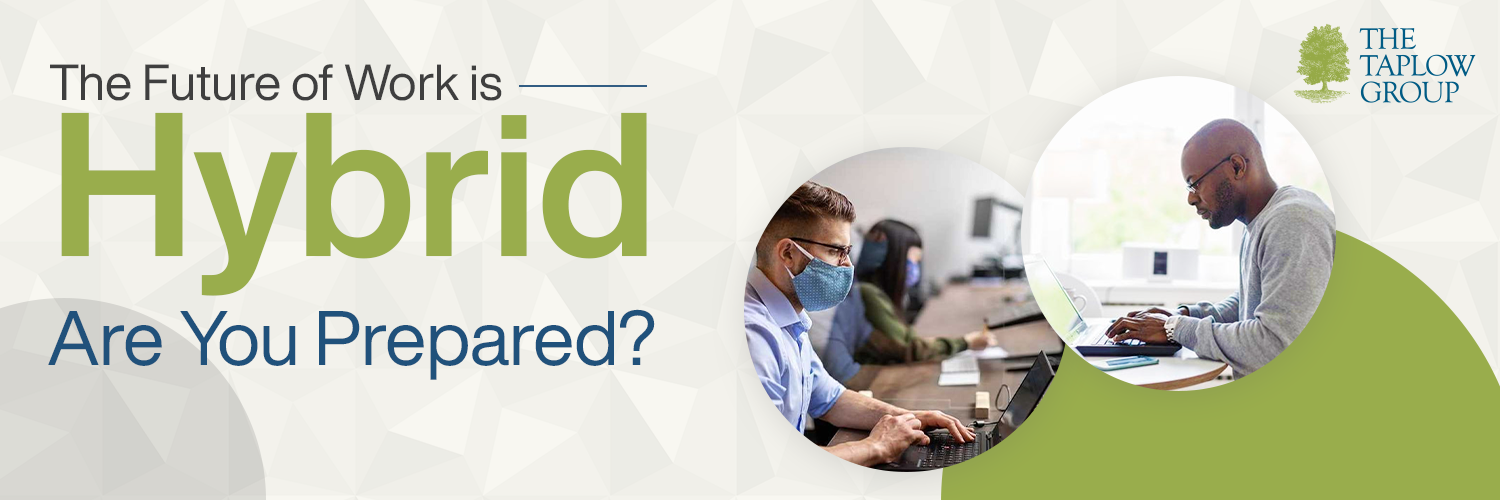As we face the pandemic and try to move past it, vaccination drives have been organized by various organizations to bring back their workforce safely into offices. But we’re not yet completely safe from Covid-19 with the threat of a new wave constantly looming over our heads. Organizations are trying to think out of the box and come up with a mid-way between remote work and working in office. This is how the hybrid model will come into play where employees get to choose the work culture, they feel most comfortable and safe in. Hybrid model provides both, flexibility of working from home while simultaneously stepping in to work based on convenience and necessity.
Google was one of the first to jump on the hybrid model bandwagon, allowing employees to be physically present only 3 days a week. Salesforce also followed suit, believing 9-5 workday is a dead concept. Advocates of the hybrid model believe culture doesn’t need 4 walls to thrive. For hybrid model to be effective, organizations need to provide the right infrastructure and have clear cut boundaries. The right software needs to be in place and training needs to be conducted to ensure employees are at their most productive self in this new model.
If executed properly, hybrid work setup is here to stay. It’s the perfect balance between WFH culture and strict office hours. All in all, organizations need to accept that the future of work is hybrid and re-evaluate what works for them and reform their policies as well as business models.
The Future of World is Hybrid – Are You Prepared?

The advent Covid-19 pandemic was a situation like no other and it revolutionized the work culture around the globe. Because everyone was stuck in the four walls of their homes, organizations had to get creative and come up with new techniques to keep their employees focused and productive. Work From Home undoubtedly has its advantages but this culture also leads to a quicker burnout due to the work life balance becoming completely distorted. Amidst the pandemic, job roles that require fixed equipment suffered tremendously. For some sectors, WFH culture is rarely an option since they rely on jobs involving machinery, lab equipment, transactions etc.